Newsfeed
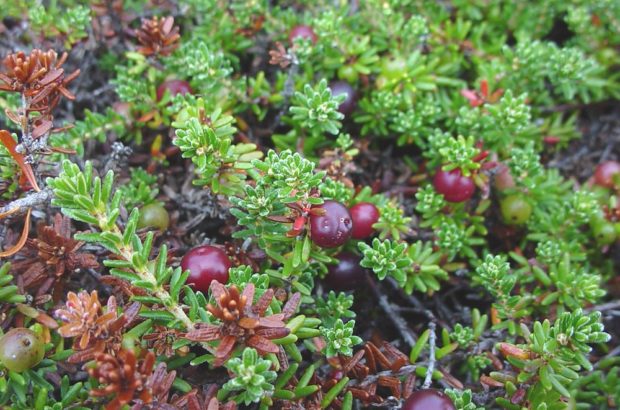
Alpine Plant Believed Locally Extinct in Vermont Since 1908 Rediscovered
November 18, 2022The Vermont Fish and Wildlife Department announced on Tuesday that the purple crowberry (Empetrum atropurpureum), a diminutive alpine shrub last documented in Vermont in 1908, has been rediscovered on Mt. Mansfield.
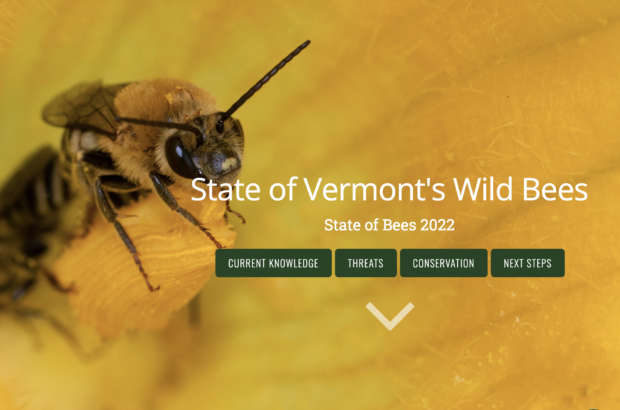
State of Vermont’s Wild Bees Report Assesses Conservation Status for First Time
November 14, 2022Over 350 wild bee species call Vermont home, but 55 of those species urgently need conservation action. A new report from the Vermont Center for Ecostudies (VCE), in collaboration with the Vermont Fish & Wildlife Department (VFWD), provides the first comprehensive assessment of Vermont’s bees.
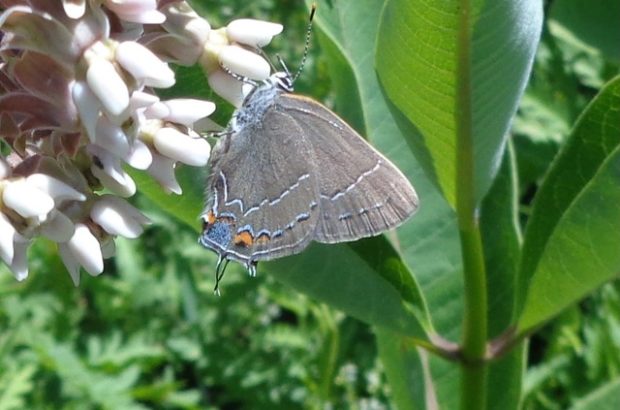
Community Scientist Discovers New Butterfly Species for Vermont
September 21, 2022Terri Armata, one of Vermont’s most ardent butterfly watchers, has done it again. For the second year in a row she has recorded a new butterfly species for Vermont. On June 30th in the far southwest corner of Vermont she photographed a Northern Oak Hairstreak (Satyrium favonius ontario).
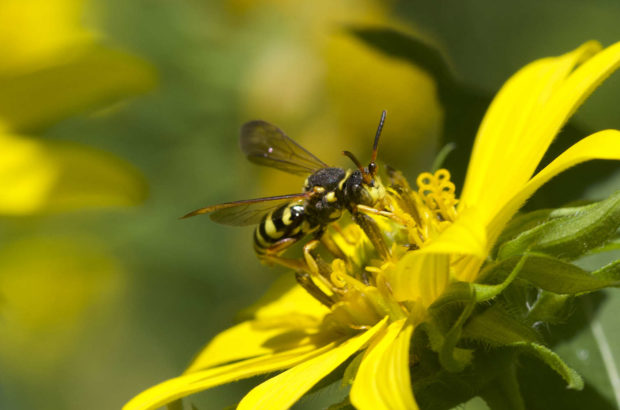
Summer Bee Update: Four Years in, the Flood of New Species is Becoming a Trickle
September 6, 2022Year four of the Vermont Wild Bee Survey is winding down, but not before adding at least three new species to the state checklist. Additional species certainly await discovery, but the number of new ones found each is steadily declining, suggesting we’ve located the vast majority of the species present.
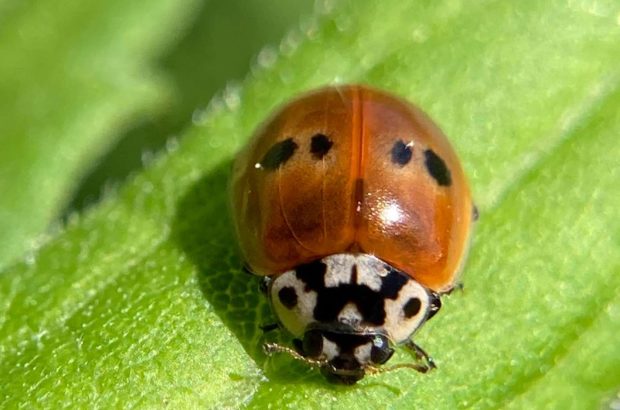
After 25 years, Two-spotted Lady Beetle is Rediscovered in Vermont
June 28, 2022The Two-spotted lady Beetle was feared to be extinct in Vermont, until the Vermont Atlas of Life rallied biologists and community scientists to help find them. Against all odds, several Two-spotted Lady Beetles were found and photographed after a 25 year hiatus.
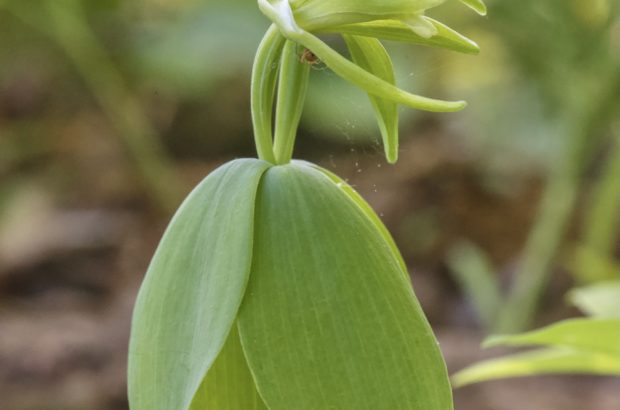
Federally Threatened Orchid Discovered in Vermont
June 8, 2022Botanists with the Vermont Fish and Wildlife Department confirmed that a population of Small Whorled Pogonia—believed to be extinct in Vermont since 1902 and listed as Threatened under the Federal Endangered Species Act—has been documented on Winooski Valley Park District conservation land in Chittenden County. The observation was first reported to iNaturalist last fall.
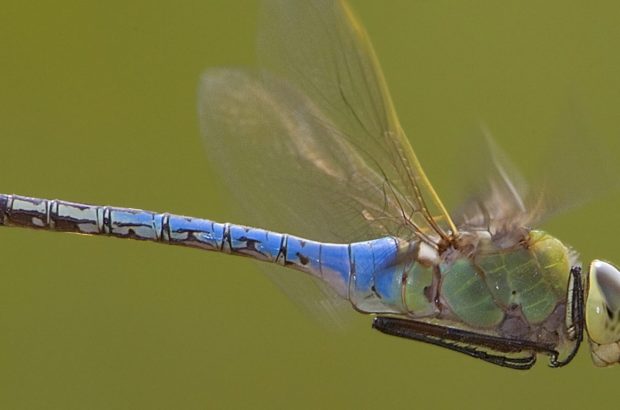
Common Green Darners have a Mysterious Migration Through Vermont
June 8, 2022The first Common Green Darners to arrive in Vermont this spring on their northward migration were actually seen in the far northern part of the state. They arrived later than expected, but they’re finally here!
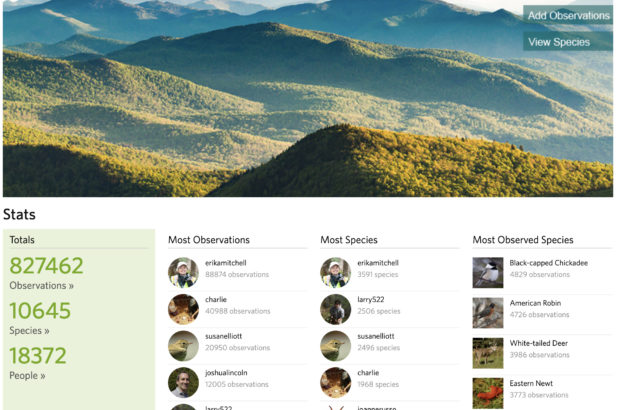
Vermont Atlas of Life on iNaturalist Surpasses Half a Million Research-Grade Records
June 2, 2022om Scavo snapped a photo of a Trout Lily and shared it to the Vermont Atlas of Life on iNaturalist and Tom Norton soon agreed with the identification. It was something the both of them have done thousands of times, but this one was special. It was the 500,000th research-grade record for our project, making this the largest biodiversity database likely every collected for the state.
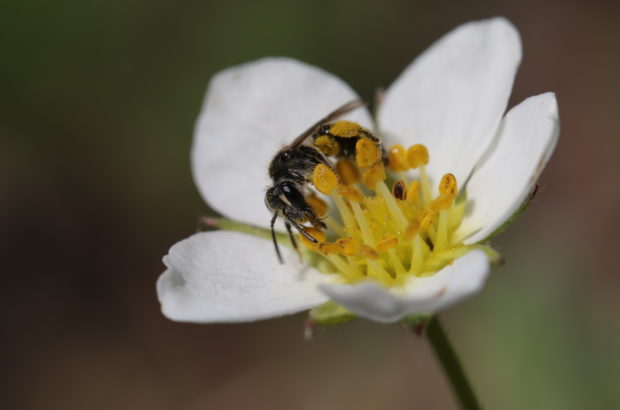
No Mow May
May 4, 2022Are you dreading the lawn mowing that’s sure to follow the upcoming warm spell? Well leaving the lawnmower in storage is all the range right now! Call the “weeds” flowers, and embrace the insects and other wildlife that will show up to enjoy the buffet.
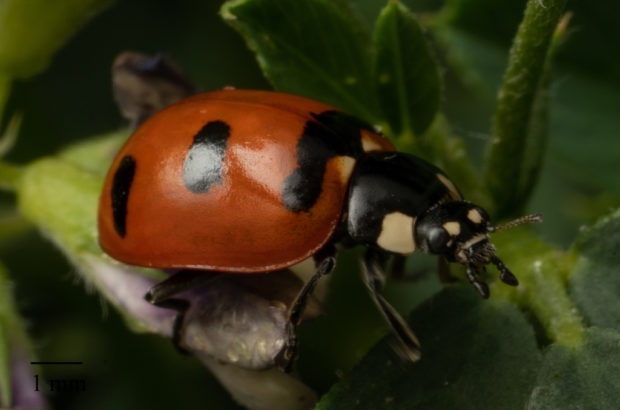
The Search for Missing Lady Beetles
May 4, 2022Most lady beetles, also called ladybugs, feed on small, soft-bodied insects, including aphids, mealybugs, and scale insects, many of which can cause a lot of damage to garden plants and native flora if their populations grow too large. Lady beetles can smell compounds released by stressed plants and aphids, allowing them to locate their prey in the landscape. Learn more about these important species and how you can participate in the Vermont Lady Beetle Atlas here.
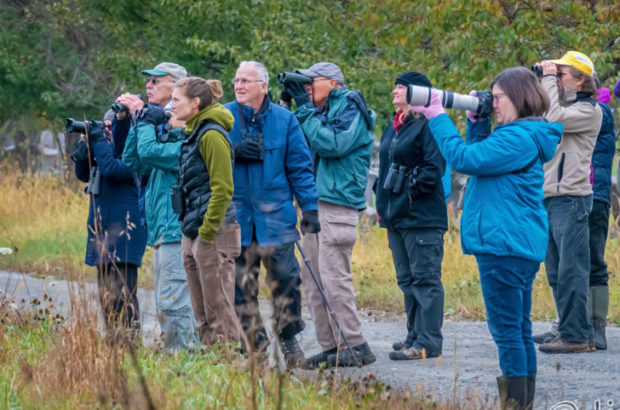
VAL Recognizes the Crucial Support of Community Scientists during National Volunteer Week
April 20, 2022National Volunteer Week is April 17-23 and the Vermont Atlas of Life honors the work of all the volunteers that have helped us monitor biodiversity. Thank you so much for joining our efforts and celebrating biodiversity!
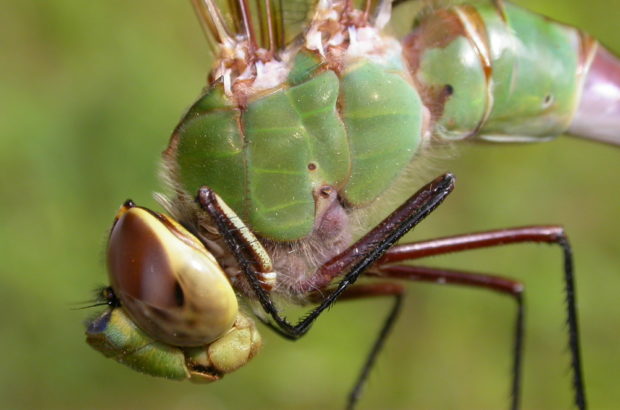
Darner Flight Watch
March 3, 2022The Common Green Darner (Anax junius) is a charismatic, migratory dragonfly species that is known for traveling long distances (over 650 km) during its short time as an adult (approximately 7 weeks). Read more about this dazzling dragonfly and our upcoming Darner Flight Watch project, with the goal of better understanding how climate change may influence Common Green Darner phenology and migration patterns.






